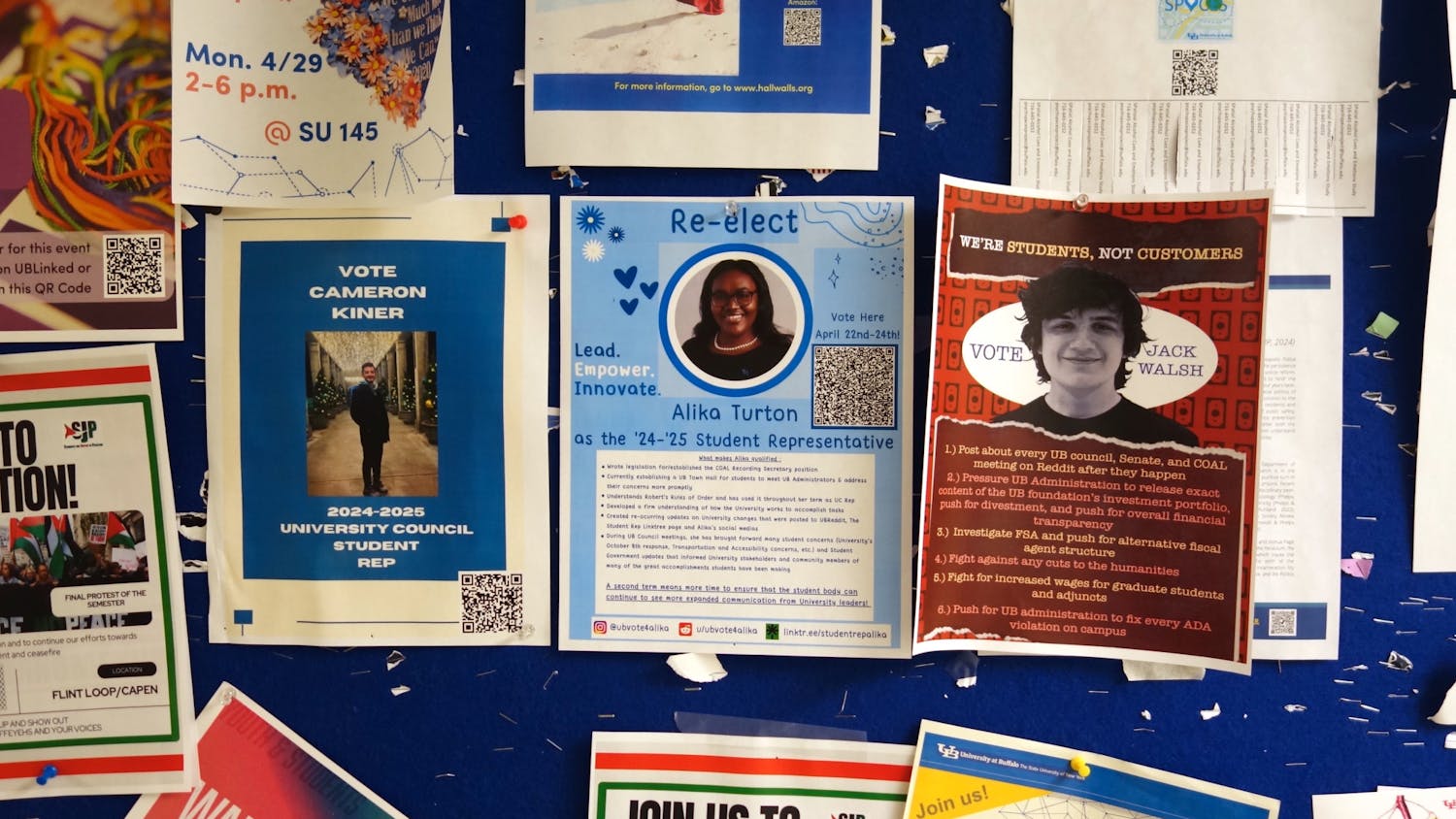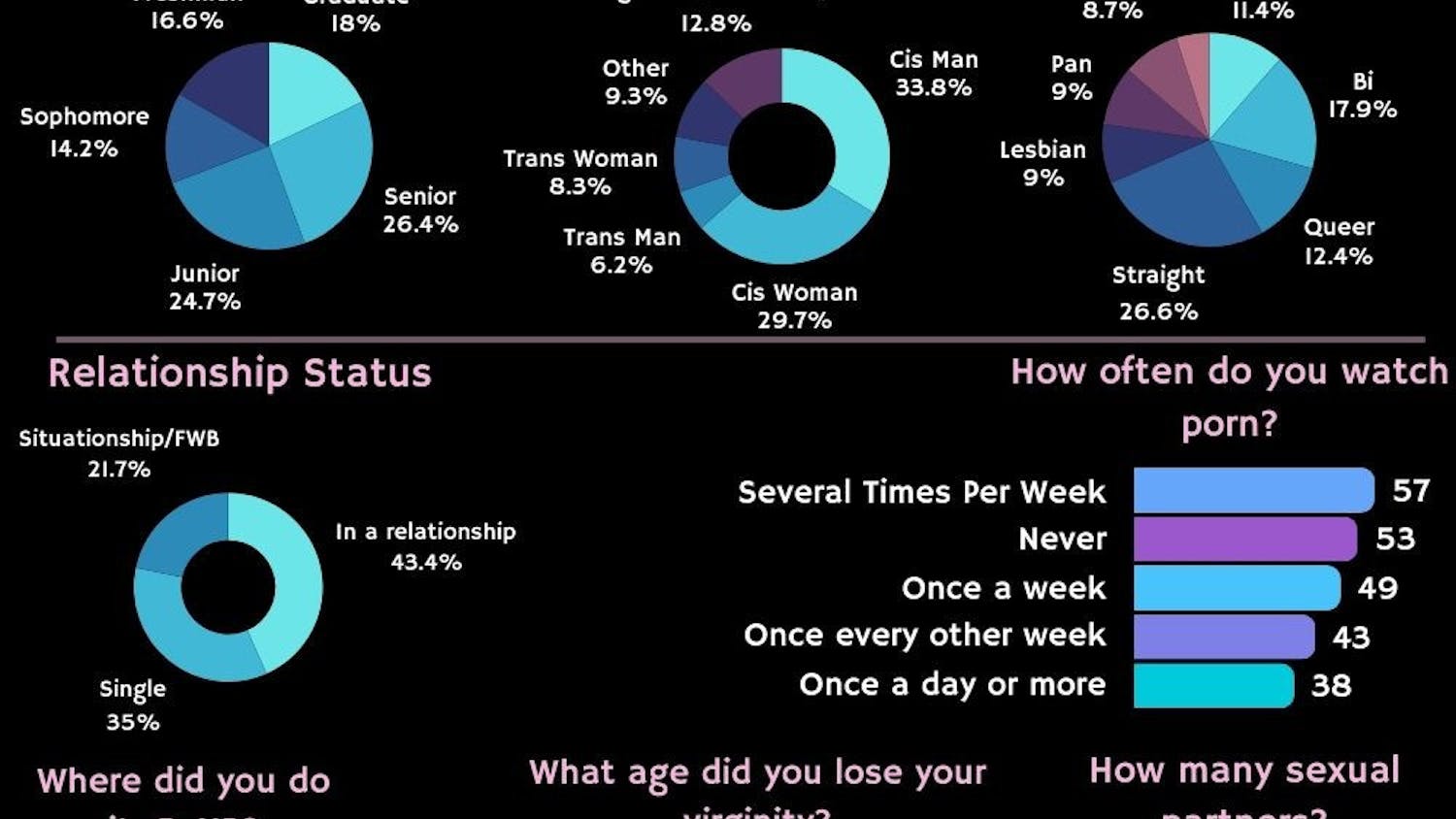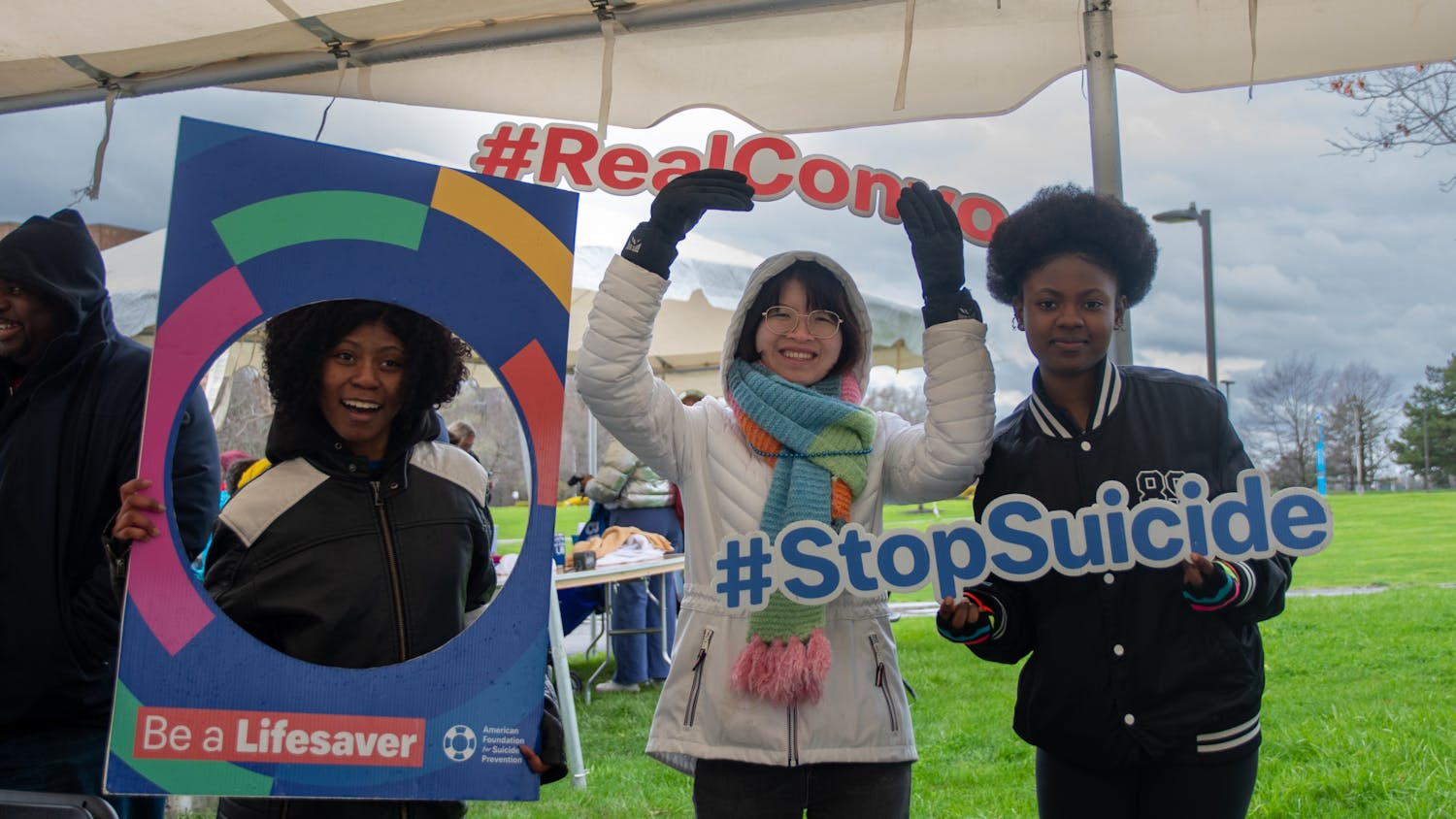It’s been a frightening week in national news.
A Florida resident sent at least 13 pipe bombs to 12 targets, including James Clapper at CNN, former President Barack Obama, former Vice President Joe Biden and billionaire political donor George Soros. For three days our nation was terrorized and fearful. We had no idea who was sending these bombs.
But it all ended Friday, when one man was arrested and charged.
No one got hurt.
Some attribute his capture to luck. The bomber slipped up, made his intentions clear on social media and none of his bombs worked.
But seeing this as luck means overlooking the heroic efforts behind the scenes.
Within three days, the FBI, the U.S. Postal Service, terrorism experts and the Secret Service collaborated and pinpointed the suspect, 56-year-old Cesar Sayok, a one-time body builder, male dancer and pizza delivery driver who lived in the van he plastered with pro-Trump and anti-CNN stickers.
Sayok’s social media presence – which included direct threats to politicians on Twitter – and fingerprints on the packages, led to his arrest. But even before that, U.S Postal Service workers and Secret Service employees had flagged the packages as suspicious.
We are disgusted by the actions of the perpetrator and proud of how our nation’s law enforcement came together to solve this emergency.
We’re also asking deep questions about the role the media played. The New York Times and The Washington Post quickly jumped on the story, and in the days leading up to Sayok’s arrest, raised questions about the identity of the perpetrator and a potential motive. When officials took Sayok into custody on Friday, his name and history became the focal point of the story.
This is normal when someone commits a crime of this magnitude.
And these are facts that, as a society, we want to know. We want to know his name. We want to know why he committed the crime.
But there’s another angle most publications overlooked.
Few publications focused on the dozens of people who helped track down and intercept the packages before they caused harm. We haven’t learned a single name of any of the postal workers who helped flag the packages.
When we dwell predominantly on the cause of attacks or possible attacks, we give a greater voice to the perpetrator and too little recognition to the heroes behind the headlines. Sayok didn’t injure a single person and yet we in the media are not writing about efficiency, we are focusing on the bomber’s history.
Although the bomber’s history is of interest to many, the everyday hard work that prevented this tragedy is glossed over.
This isn’t the case in every story.
In 2009, US Airways pilot Chesley Sullenberger showed courage and heroic skill when he landed his plane safely in the Hudson River after a bird took out both engines. All 155 passengers on that plane survived and Sullenberger became a hero and the subject of a Hollywood film. Readers aren’t as focused on the specifics of the plane’s malfunctions, but want to know how the hero saved the day.
James Shaw, a Nashville father, risked his life to strip a gunman of his weapon in a Waffle House last year, and he was the story – more so than the man who killed four.
The heroes in this week’s story stayed in the background. But that doesn’t mean reporters shouldn’t tell their stories.
This is what our country needs to hear. It’s part of our job.
The editorial board can be reached at opinion@ubspectrum.com




